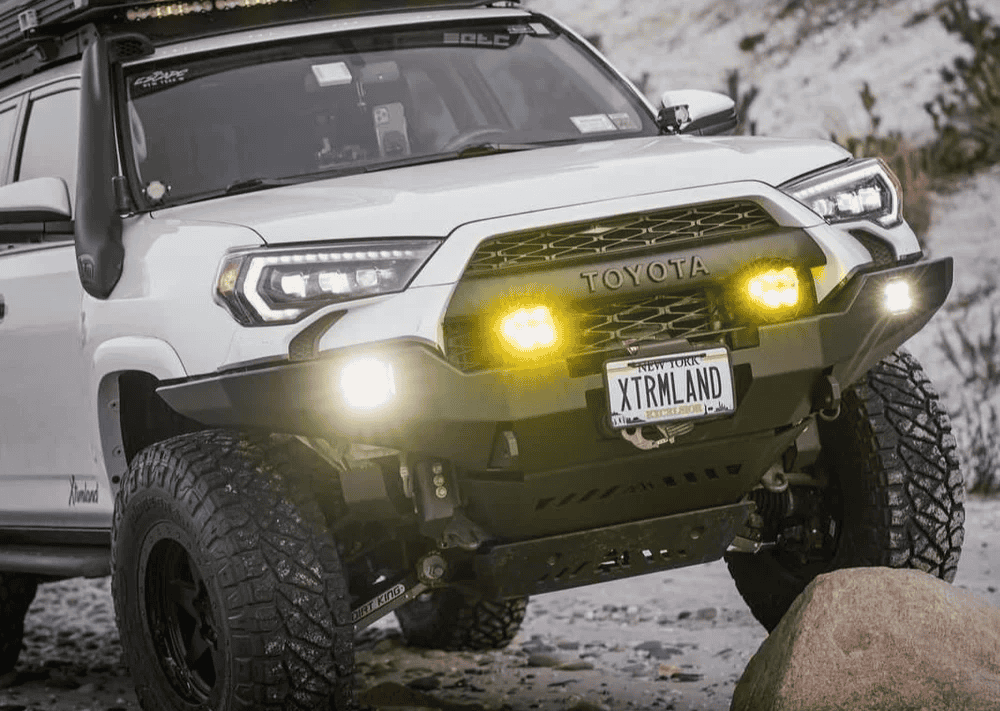Overland Vehicles

Start with the platform that fits your payload and range. Full frame trucks and heavyweight vans handle rooftop tents, drawers, fridges, water, and full recovery kits without squatting or overheating. Four wheel drive with a low range and proper gearing gives you control on rutted two tracks and steep washes. Air down capability and a reliable compressor turn traction from a guess into a tool. Consider a limited slip or selectable locker for technical climbs and muddy exits.
Tires matter more than horsepower. Load range E all terrain tires with strong sidewalls shrug off shale and hidden stumps. Prioritize true diameter and measured weight over flashy tread blocks. Match wheel offset to keep scrub radius in check and avoid rubbing at full lock. Carry a full size spare and a patch kit that you know how to use in the field.
Power and fuel management keep camp quiet. Dual battery or lithium house power pairs well with a DC to DC charger and roof solar to run a fridge, lights, radios, and charge devices without idling. Diesel heaters or efficient propane systems extend shoulder seasons while sipping fuel. Soft white or red task lighting preserves night vision and keeps camp low profile. If you prefer a professional integration for power, storage, and racks, explore a custom overland upfit to streamline the system.
Balance curb weight, suspension travel, and payload margin. Add weight in layers: recovery gear, water, fuel, sleeping system, then kitchen. After each layer, test ride quality and handling. Upgrade springs or shocks when you know the real weight, not the estimate.
Traction boards, a quality shovel, and a solid jack cover most stuck scenarios. Add a winch only if you commit to correct mounting, electrical, and training. Practice recoveries in a controlled setting before the season opens.
A 12 volt fridge adds predictability to your food plan and doubles as a meat cooler in early season. Handheld radios and a mobile unit with an external antenna extend range in broken terrain. Keep everything tied to a fused power distribution panel.
A good hunting camp disappears into the landscape. Paint a small light footprint with dimmable LEDs and blackout shades. Skip reflective materials and bright colors on storage cases. Close doors softly, let air compressors run during daylight, and avoid slamming tailgates in the pre dawn hour. Ventilation reduces condensation, muffles sound, and keeps layers dry for the next sit.
Choose sleeping systems that set up fast and pack down quietly. In cold weather, insulate floors and use a heater with a proper intake and exhaust. In hot climates, shade first, then airflow. Store boots, gaiters, and rain gear where you can gear up without rummaging. A well thought out drawer or MOLLE panel keeps calls, optics, and knives in reach without digging.
For hunters who want a single integrated approach to storage, power, and lighting, reviewing complete overland rigs can help you understand how each system works together to stay stealthy and dependable.
Early season success demands ice discipline. Pre chill the fridge, freeze water jugs, and line coolers with insulated covers. Carry breathable game bags, paracord, and a compact pulley to hang quarters in shade. A small fan inside a cooler can circulate cold air and reduce warm spots.
Keep cooking far from glassing points and sleeping areas. Use wind screens, low odor fuel, and sealed spice containers. Wipe down cutting boards and stow food immediately to prevent scented trash from telegraphing your presence.
Offline maps with marked access points, property boundaries, and contour lines are non negotiable. Drop pins where you park, glass, and find sign, then label them consistently. Paper maps backstop electronics in wet snow or low temps. A first aid kit, trauma supplies, and a practiced plan for extraction matter more the farther you roam. Weather changes fast; pack an insulating layer and an extra liter of water no matter the forecast.
Recovery gear should match your rig and travel style. A soft shackle, rated strap, gloves, and recovery rings cover most partner pulls. Solo travel calls for a self recovery plan: winch, tree saver, and a safe anchor strategy. Keep gloves, headlamp, and a small tarp in the same bag so you can work clean and fast at night.
Think in zones. Cab for navigation and comms, midship for daily gear, tailgate for kitchen, roof for bulky items used rarely. Label pouches and color code dry bags. When every item has a fixed home, you move quietly and you leave nothing behind when you break camp.
If your checklist feels long, that is normal. System integration is where many hunters gain the most time back. Professional builds turn scattered gear into a single, predictable layout you can operate in the dark without thinking. To see how we design and deliver that experience, learn more about why choose OZK Customs.
OZK Customs designs and builds purpose driven hunting platforms with clean electrical, quiet heat, secure storage, and recovery systems that work under load. Whether you need a bed rack with integrated lighting, a fridge slide and drawer combo, or a full power system with solar and charge management, our team builds it to match how you hunt and the country you hunt in. When the tag is punched, the rig should help, not hinder. Tell us your season goals and we will map the build that brings them to life.
Ready to turn a good hunting rig into a season-proof platform? Tell us how you hunt and we will design a quiet, organized, off-grid overland setup that protects your meat, keeps camp dark and safe, and gets you in and out without drama. Share your goals in the form and our team will map your build, timeline, and budget.
ADDRESS:
6159 E Huntsville Rd, Fayetteville, AR 72701
PHONE:
(479) 326-9200
EMAIL:
info@ozkvans.com